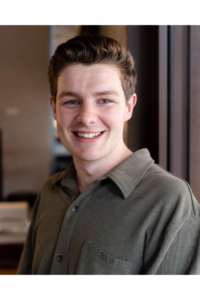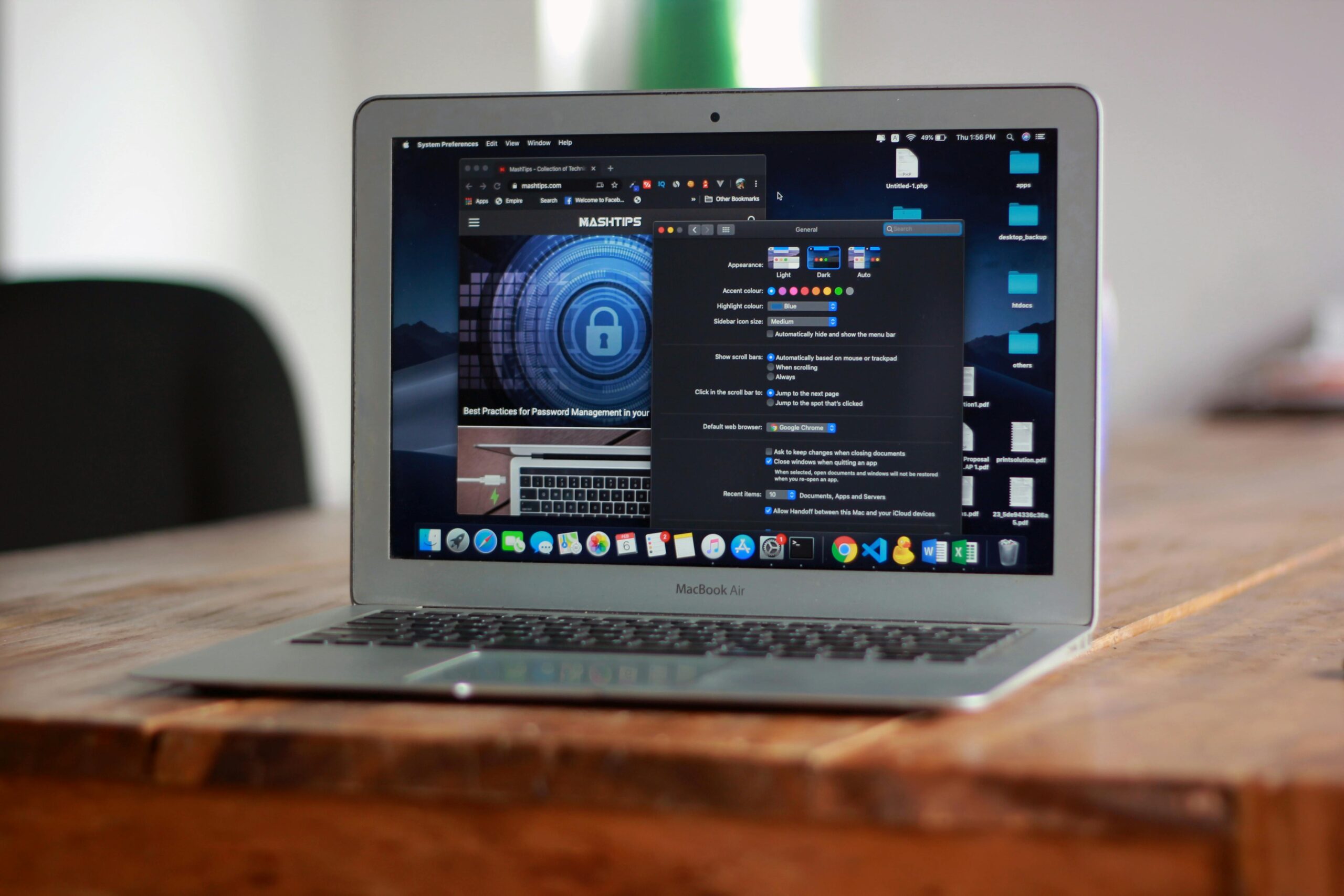
by Nycole Walsh
This Valentine’s Day, Kickstand is celebrating the beating heart of the agency: our relationships.
The world of public relations (let’s be real, the world in general) has been through a few years of significant upheaval, and the landscape is still pretty much quicksand beneath our feet – marked by massive layoffs within longstanding, big name publications.
It’s never been more critical for PR professionals to take a more nuanced, empathetic approach, understanding the challenges media partners and clients face and adapting strategies accordingly.
To unpack some of these changes and their implications for the art and science of relationship building in PR, I sat down for a Q+A with our very own networking guru, Bodie Lowe. As a senior account executive (SAE) at Kickstand, Bodie leads account media strategies; basically, he’s responsible for crafting compelling client stories and sharing them where (and with whom) they matter most.
Bodie started his PR journey as an intern at Kickstand back in the summer of 2019, and eventually came on full-time as an assistant account executive (AAE) after he graduated. After joining a PR agency in NYC in 2021, he later rejoined the ranks at Kickstand (we love a boomerang!), so Bodie has extensive experience with building relationships across different agencies, levels, and landscapes. Who better to give us the scoop on what it means to be the perfect PR partner in 2024?

Bodie Lowe, SAE and Iconic Kickstander
NYCOLE: In your experience, what are the factors that make the difference between a good client relationship and a great one?
BODIE: It’s really all about striking the right balance between professionalism and personal connection. You’ve got to build rapport, and it needs to go way beyond discussing the weather.
When you’re working with someone you know really cares about you as a person, it gives you confidence: they have your back. They’re not going to let you down. That kind of trust and camaraderie is what defines great client relationships, and caring personally is key to building it – so find common interests, ask questions, listen to the answers, and get to know the person on the other side of the Zoom
NYCOLE: Speaking of Zoom – how do you build close relationships in a remote culture?
BODIE: Everyone is naturally a little more hesitant to speak up on a Zoom than they would be in a room together, so it definitely takes some intentional effort to overcome that obstacle. Set aside a little bit of time at the beginning of each call to ask questions; and show you’re listening by asking for updates on anything they’ve already shared.
Just be careful, because it is possible to spend too much time here, and you want to show a contact that you respect their time and the importance of the meeting. So be considerate and be focused, but also take a minute to be a human instead of a weekly talking head.
NYCOLE: What are the mistakes you’ve seen most often when it comes to relationship building in PR?
BODIE: There are different types of relationships that are important in PR – so there are unfortunately also lots of different ways to fall down on taking care of them.
A big one (and a common trap for those first getting into the job) is treating your media contacts as if they’re on tap for any and all pitches; you’ll sour that relationship SO quickly.
And remember that reporters have stories too! They’re people, not automatons. Just like you do with clients, show that you care about the person behind the computer screen – and not just when you need something. Regular check-ins to see what they’re writing and how we could help get them what they need go a long way. For example, we had a reporter friendly of ours who was looking desperately for a broadcast source to comment on medspas’ use of social media. Not our focus as an agency, but we were able to tap our personal networks to connect her with the perfect source. That interaction didn’t drive immediate coverage for our clients – but it was invaluable at building that relationship.
On the client side, one of the biggest mistakes you can make is failing to grease the wheel because it’s not “squeaking” (proverbially speaking). PR is notoriously high pressure, and it can be tempting to take an established relationship for granted – push deadlines, go reactive vs. proactive, or get lazy about communications. DO NOT EVER DO THIS! That trust is hard won and can be easily broken. Always be in the honeymoon phase!
And overall, just be sensitive. Especially in tech, it’s been a tough year: layoffs, walkouts, these types of things have the potential to really impact your contacts on both the client and media sides. Don’t come in swinging with pitches and requests when it’s tone deaf to do so.
NYCOLE: Do you have any memorable stories about the impact of strong relationships in PR?
BODIE: More than I can choose from! But one recent example does stick out from working with our client Ivy.ai. I was leading a thought leadership input call for one of their executives to discuss media trends and strategize the future of their program. I planned to go it alone – but in a wonderful surprise, our client contact joined. I didn’t have an established relationship with this executive yet, so having her there to lessen the pressure and let the executive know they were in good hands really helped me feel comfortable, and underlined the feeling that we’re a team.
I can’t overstate how powerful that is. When you’re not constantly worried about what can go wrong, you’re free to focus on where you can go right.
Knowing you have the room to innovate and even make mistakes without the fear of immediate repercussions allows for more creativity, encourages risk-taking, and ultimately just leads to better outcomes.
NYCOLE: The media landscape is obviously in a state of pretty rapid change. How can PR professionals adapt?
BODIE: Now more than ever, every single story must matter in order to cut through the noise.
With smaller teams and tighter resources, the relationship between PR pros and journalists is even more symbiotic than it was before.
On the other hand, journalists are fielding more and more pitches, so investing in strong, mutually supportive relationships with them is table stakes. A “fire away” pitching strategy will do you more harm than good. You NEED to make it personal and valuable, or it will collect dust in their inbox.

Legendary pitch material for longtime Kickstand client Aceable
NYCOLE: What’s the best way to show commitment to your relationships in PR?
BODIE: Keep a “how can I help you” vs. a “how can you help me” mindset. Relationships are a two-way street, we’ve all heard that before. Operationalize it. Check in with your contacts regularly and informally and just ask for feedback on the relationship: “Is there anything I can do right now to be a better partner?”
A little surprise and delight never hurts, either, if you can swing it. Life events like a home purchase, a growing family, a promotion – all of these are great opportunities to show a little love, but you have to be paying attention.
NYCOLE: You’ve been a part of different PR agencies. Is there anything that sets Kickstand’s approach to relationship building apart?
BODIE: We don’t take a one-size-fits-all approach – there’s an understanding that no two clients/relationships/programs are the same, and that’s reflected in our strategy. There’s no “formula” we follow; we’re ready to meet each client where they’re at.
Kickstand also empowers even the most junior team members to really take initiative and get involved. This not only helps everyone grow, it also lends fresh perspectives to our programs.
All I’m saying is that we’ve had more than one client end a phone call with the team by saying, “I love you.” So when I say our clients love us, we’ve got very strong testimonials!
A big thank you to Bodie for the reminder that in public relations, as it is in life, relationships take work – and you’ll get back what you’re willing to give.
To stay up-to-date with Bodie and the rest of the Kickstand crew, give us a follow on LinkedIn so you never miss an update.



